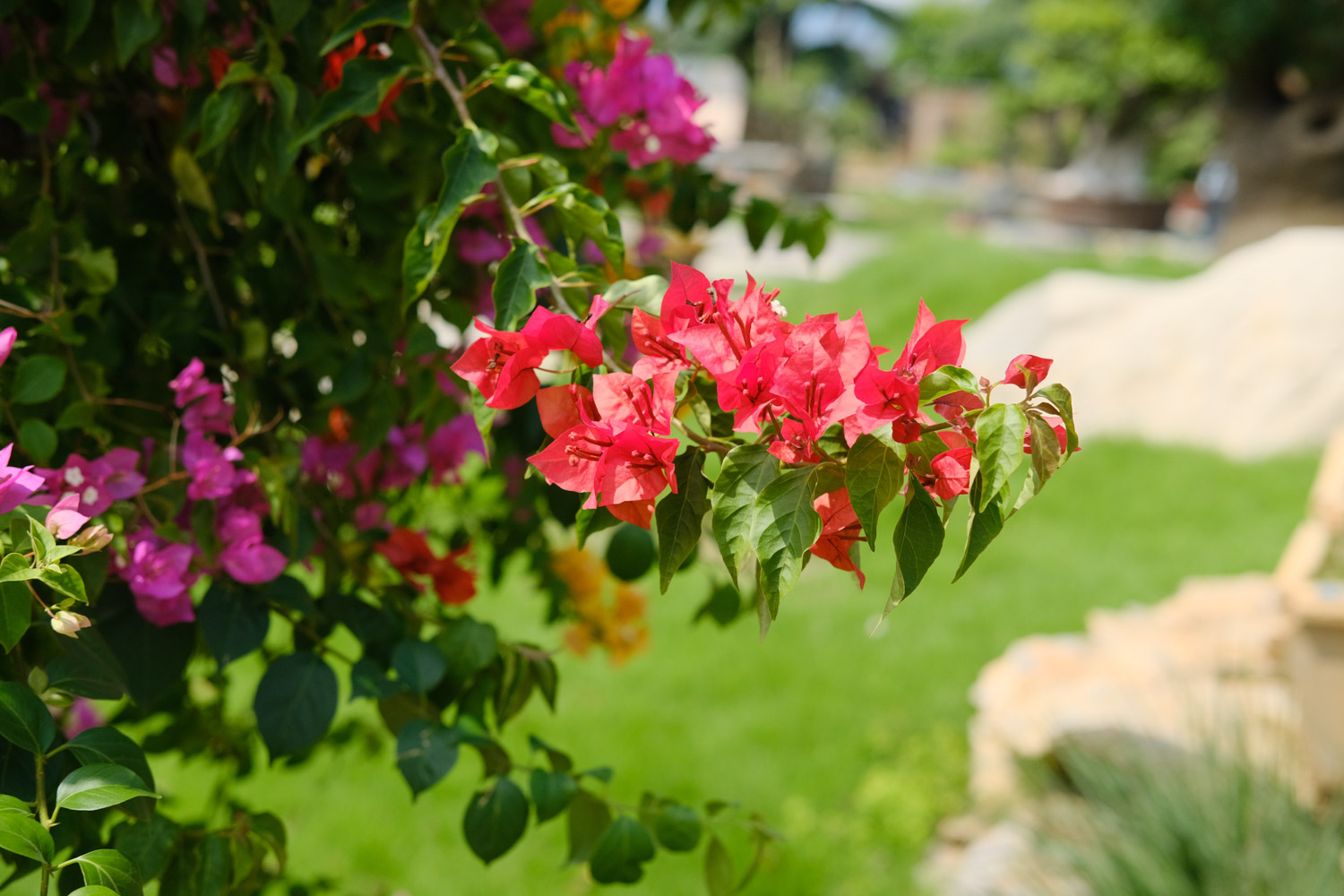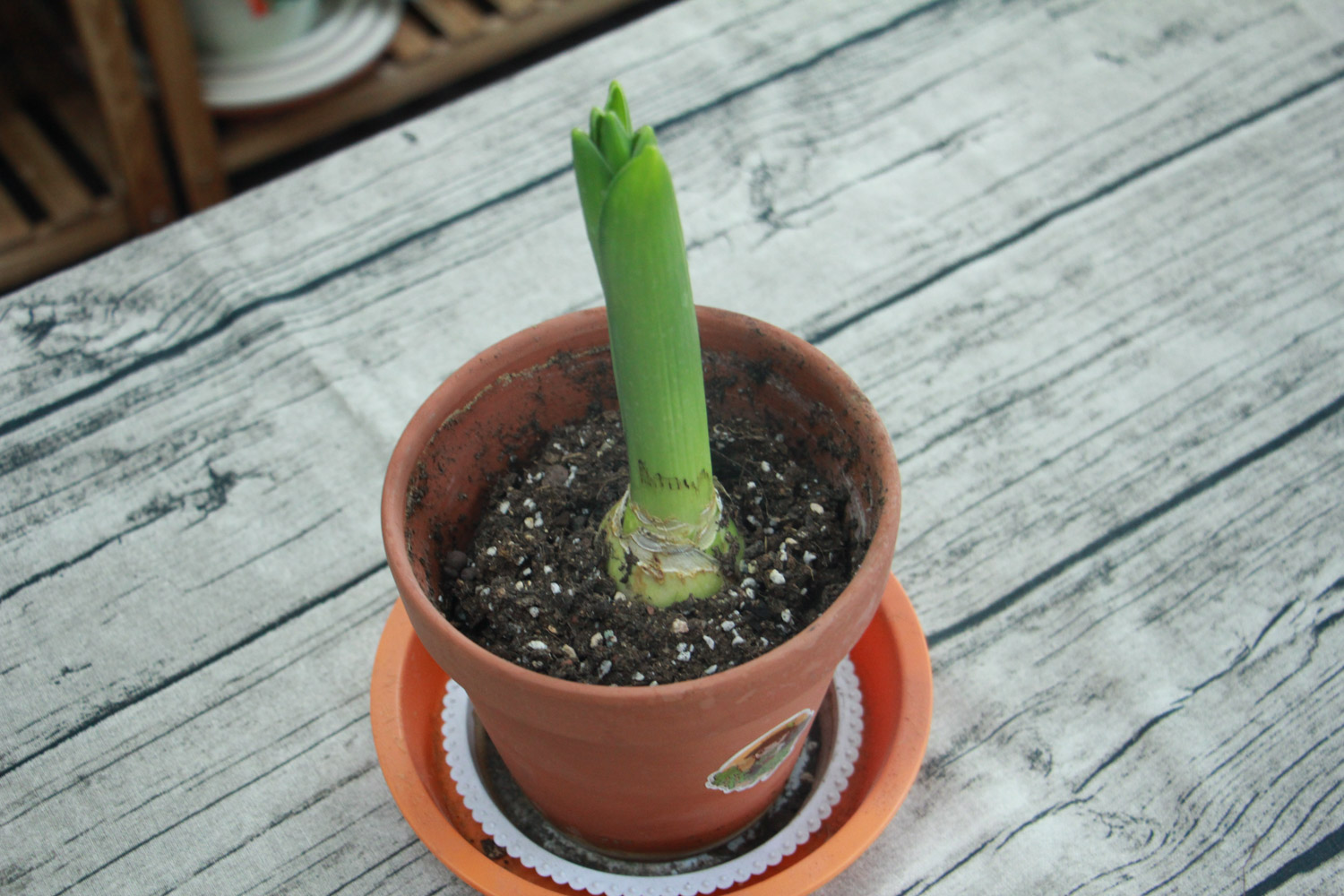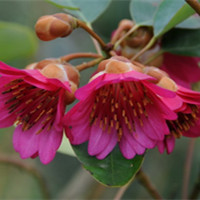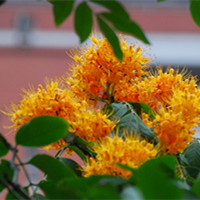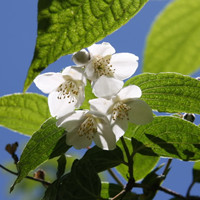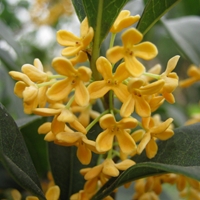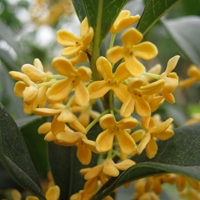Osmanthus nickname
Osmanthus fragrans, Osmanthus fragrans, thyme, chestnut
Morphological characteristics of Osmanthus fragrans
Osmanthus fragrans is an evergreen tree or shrub with grayish brown bark and yellowish brown twigs, glabrous. Osmanthus leaves elliptic or elliptic lanceolate, apex acuminate. Petiole length 0.8-1.2 cm, up to 15 cm. Cymes cluster in leaf axils, with many flowers in each axil. The flowers are very fragrant. Corolla white, light yellow, yellow or orange, 3-4 mm long, corolla tube only 0.5-1 mm long. Fruit skew, oval, 1-1.5 cm long, purple black. The flowering period is from September to early October, and the fruiting period is March of the next year
Ecological habits of Osmanthus fragrans
Osmanthus fragrans likes warm and humid environment and has strong stress resistance. It can withstand both high temperature and cold. The average temperature in the planting area is 14-28 degrees. Humidity is very important for the growth and development of Osmanthus fragrans. The annual average humidity is required to be 75% - 85%, especially in young stage and flowering period. In case of drought, it will affect flowering. Generally, 6-8 hours of light are required every day
Osmanthus is more fond of sunshine. Under full light, its branches and leaves grow luxuriantly and bloom luxuriantly. It grows in shade with few branches and leaves and few flowers. Osmanthus fragrans likes to be wet, but avoid ponding. It also has a certain drought tolerance. The requirements for soil are not strict. Except for alkaline and low-lying soil or soil with too heavy viscosity and poor drainage, it can generally grow
Osmanthus fragrans is suitable to be planted in a ventilated and transparent place. Like a clean and ventilated environment, not resistant to smoke and dust hazards, and afraid of flooding and ponding. In case of waterlogging hazards, the root system will be black and rotten, and the leaf tip will be scorched at first, and then the whole leaf will be withered, yellow and fall off, resulting in the death of the whole plant; It is not very cold resistant, but it is still a relatively cold resistant tree species compared with other evergreen broad-leaved trees
The meaning of osmanthus flower language
Chinese people imply that Osmanthus fragrans are "noble", "beautiful", "auspicious", "friendly", "loyal person" and "fragrant, straight and unyielding", "Xianyou" and "Xianke"; Guizhi is regarded as "outstanding person" and "official career"; In Europe and America, Guizhi is called "glory" and "honor"


